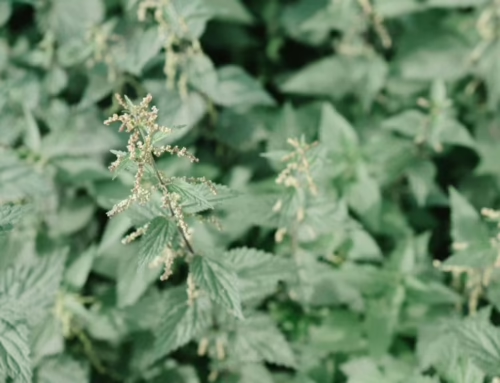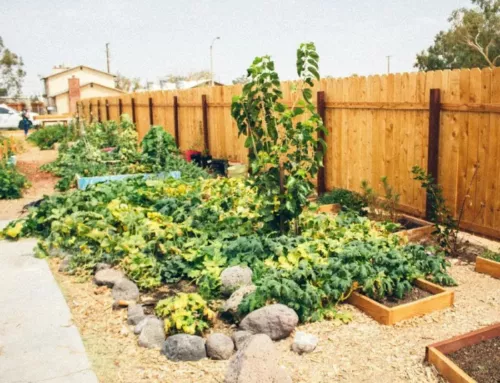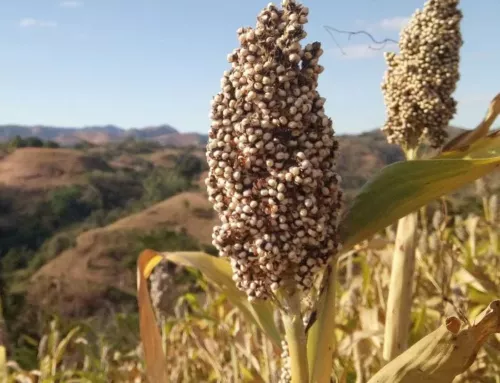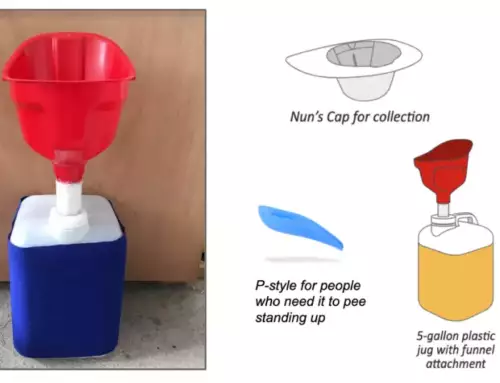In this edition of Be a Better Grower, we’re excited to present an article that first appeared in the Fall 2023 edition of the Natural Farmer, where Crystal Stewart Courtens presented a detailed, two-part overview of garlic growing best practices developed across a decade of applied research with the Cornell Cooperative Extension program at their garlic farm, Philia Farm.
The Natural Farmer is a print & online newspaper covering organic farming, environmental news, food justice, and other topics most relevant to the farming community in the Northeast. It’s an amazing resource, delivered for free to all NOFA chapter members four times per year.
To subscribe to the newspaper, sign up here or join NOFA/Mass today.
Tips from 10 Years of Garlic Research
by Crystal Stewart Courtens
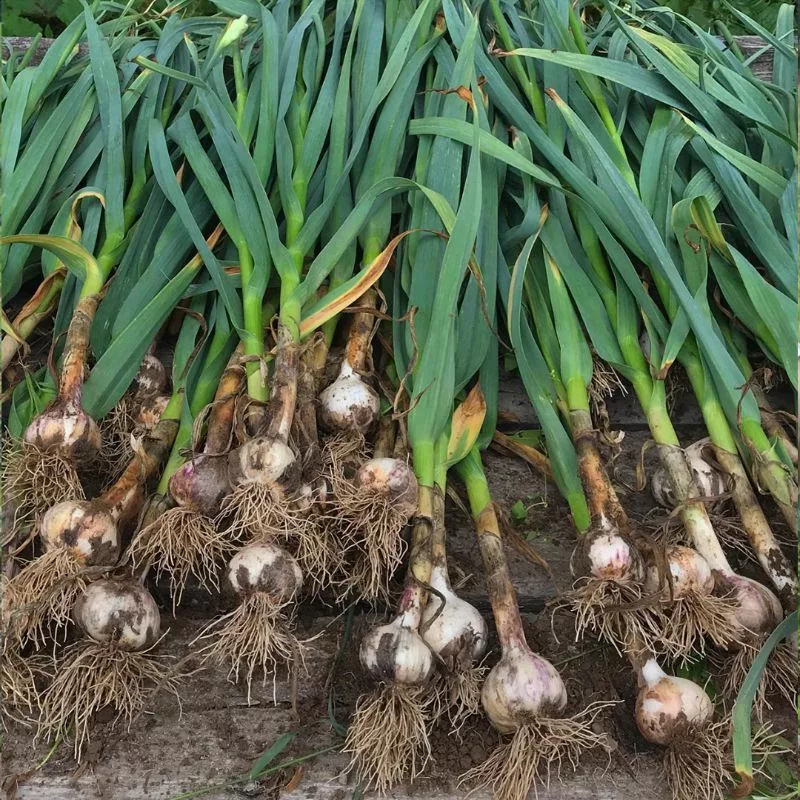
|
As we prepare to welcome another garlic crop, let’s mentally walk through its spring and summer months and think about:
Unfortunately, the pest and disease landscape continues to evolve rapidly, so I’m sure there will be updates to this information in the coming years.
With healthy seed, a good growing environment, and good winter cover, garlic should emerge uniformly as the soil temperature inches towards 40 degrees Fahrenheit, making it one of the earliest emerging plants in the spring.
|
|
|
The clove itself is about 7% nitrogen and serves as the plant’s first source of fertility, so using a fairly large clove for planting stock is beneficial.
There is little to do with the garlic crop during its first month of growth unless you have decided to side-dress with a soluble form of nitrogen.
Research has shown that garlic stops taking up nitrogen by May 31st and that the sooner a side-dress is applied, the better uptake is.
|
|
Keeping an eye out for early season pests
|
|
|
Dry bulb mite (Eriophyid tulipiferae)
These microscopic mites live under the wrapper leaves and may be planted with the garlic in the fall.
Many die in the winter in saturated soils, but if they survive, they may move to the growing point of the garlic and can cause it to emerge with off colors or twisted and distorted initial leaves.
The first two to four leaves are often affected, and the plant begins to outgrow the feeding damage and develops normally.
|
|
Management:
This pest should be managed during garlic storage; read more below
Main Season Disease Management
|
|
|
As the garlic reaches the 4-5 leaf stage, it finishes absorbing the seed clove and begins growing independently on its new root system. At this stage, you may see signs of disease such as:
Fusarium basal rot (Fusarium culmorum)
-
Fusarium will cause a firm (dry) rot of the basal plate and may kill off many roots as it progresses.
-
Often, the diseased area is pinkish brown.
-
Fusarium may continue to develop through the season, and affected plants should be rogued again before harvest.
Botrytis rot (Botrytis porri)
-
Botrytis rot (Botrytis porri) causes the plant to degrade near the soil line, causing leaves to die prematurely.
-
As it advances, reproductive structures called sclerotia may form near the soil line. They are about the size of a peppercorn and may be lumpy.
|
|
Management:
Fusarium and Botrytis are largely managed through cultural controls. Pulling diseased plants and disposing of them around the time you remove scapes helps limit the spread and allows healthy plants to grow.
White Rot (Sclerotinia cepivorum)
This disease is relatively uncommon in the Northeast, but can be spread on seed garlic.
Once this disease is introduced to a farm, it can persist for 20 years in the soil, rendering the ground unfit for any allium crop.
It is pretty distinctive in the field, with poppy-seed-sized sclerotia and a mat of fluffy white hyphae at the soil level in June.
Plants often die in small clumps from this disease, spreading underground from plant to plant.
Management:
No garlic from a field with White Rot should be sold as seed, and equipment should be thoroughly cleaned before moving from fields with White Rot to clean fields.
Anthracnose (Colletotrichum fioriniae).
Anthracnose has a wide host range, including celery and fennel.
Initially, we thought this disease only infected the scapes, but more recently, it has been recovered on the bulb, where it degrades the outer layers of wrapper leaves. Plants with garlic Anthracnose often have reddish wrapper leaves, which slough off easily when the garlic is pulled.
We are still learning about this disease’s impact on garlic and recommend that growers maintain good crop rotations and select disease-free seeds.
Management:
When culling plants doing poorly before harvest, plants with garlic Anthracnose would also likely be pulled.
|
Prevention:
If you are seeing more than 5% of these diseases in your garlic year after year, make changes to improve soil drainage and air circulation within the crop.
|
|
Main Season Pest Management
|
|
|
Allium Leaf Miner/ALM ((Phytomyza gymnostoma)
This insect was detected in 2015 in Pennsylvania and has been slowly spreading throughout the northeast.
The adult ALM is a small fly that emerges in the spring. The spring flight lasts for about a month, during which adults lay eggs along the tip of leaves of alliums in a telltale line of dots. Larvae travel down through the leaf to the bulb, where they will pupate. Spring damage can devastate onions but is often relatively minor in garlic.
|
|
Management:
Allium Leaf Miners are best controlled organically through exclusion. Keeping insect netting on through the spring flight eliminates them and is the method of choice.
For extensive plantings where this is not feasible, growers may scout their fields. If significant egg-laying is happening, two well-timed Entrust (Spinosad) applications have effectively provided control. No other organic control options have been effective.
Garlic Bloat Nematode (Ditylenchus dipsaci), or GBN.
GBN levels have remained low throughout the Northeast for most of the last decade, but the issue is far from eradicated.
Signs: If you have garlic in which some roots are completely missing, but others look completely healthy, or your garlic wrappers appear puffy and distorted, you might have GBN. This disease is hard to identify by sight, and we recommend testing for it through your state lab.
Management:
The best way to manage GBN is to avoid bringing it to the farm, but if you do test positive, rotating out of the field where it tested positive for 4-6 years and starting with clean seed is the recommended control measure. Do not sell garlic that tests positive for GBN as seed; it may be used as food.
|
Growers have many ways to determine when to harvest, but these few are consistently helpful. I like to combine them to gain a complete picture of what’s happening with the garlic.
Bottom leaves are dying:
-
This indicator gives you a sense of how many wrappers are left on the head of garlic.
-
If a plant’s leaves are all yellowing or browning, they are all susceptible to decay.
Scapes are standing straight up:
My go-to (the David Stern special):
-
Cut the garlic in half perpendicular to the scape. When a gap has formed between the cloves and the scape, the cloves are pushing away from each other and the garlic is nearing maximum size.
-
You can feel the tips of the cloves; they stick out a little when they start to push away from the scape.
-
Both of these indicators tell you that the garlic is ready to harvest and will split open if left to grow much longer.
|
|
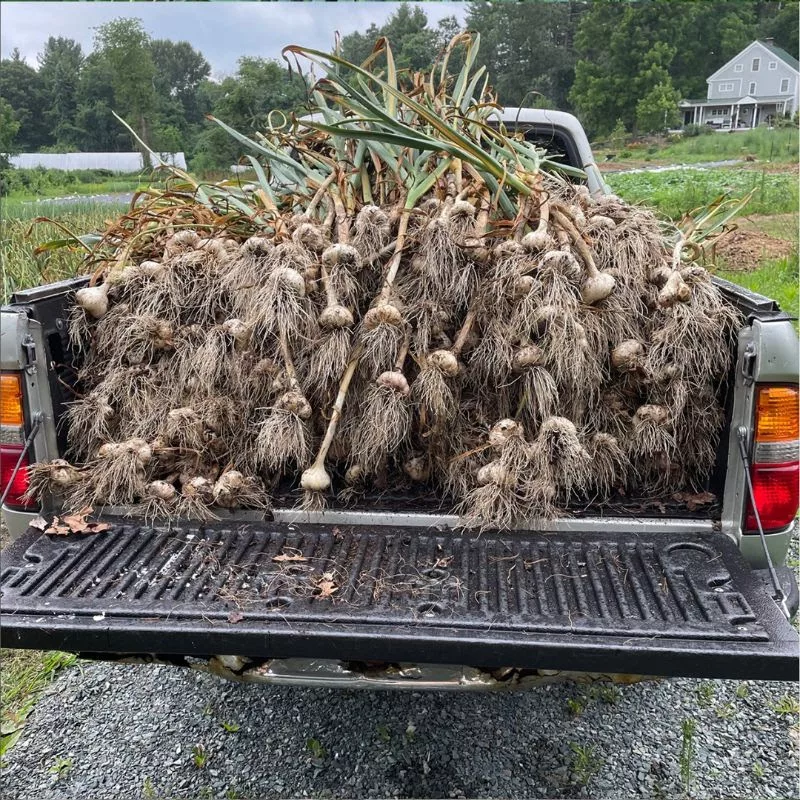
Post-harvest Handling & Curing
|
|
|
The results of both on-farm and lab-based trials have been remarkably consistent. Here’s the summary of key points, and the details follow below:
-
You can immediately top garlic (including cutting it to the final stem length) and you won’t lose weight, size, or storage life.
-
Drying garlic warm (90°-110°F) in a high tunnel/greenhouse with shade cloth or heated room speeds the process, improves storage, and can help control diseases and eriophyid mites
-
Garlic can be over-dried and should be moved out of drying conditions and into storage when the innermost wrapper leaf is completely dry.
Heating garlic to between 113° and 119° F for one hour during drying kills dry bulb mite eggs (Courtin et al., 2000). This process should be done with complete attention to prevent bulbs from reaching an internal temperature of 120°, at which point waxy breakdown occurs.
Mites can move into the space between cloves, which makes the heat exposure method useful but not foolproof. Storage control measures can follow up on this treatment.
|
|
|
It should not be surprising that cold and dry conditions lead to the least mass loss and highest marketable yield after 204 days.
Storing garlic at 32 degrees will vernalize it: the garlic will sprout immediately upon entering warmer temperatures. If storing garlic in this way, plan to be able to use it very quickly after it leaves storage.
Planting stock can easily handle room temperature and maintain quality.
However, room temperature is also ideal for drying bulb mites to reproduce.
|
|
Management for Dry Bulb Mites
We experimented with sprinkling Stratiolaelaps scimitus predatory mites over crates of garlic in storage to control the dry bulb mites that emerge during storage.
Our initial results varied, with incomplete control in some applications, but on average, applications reduced mite severity. After this initial work, we recommend S. scimitus applications as one tool in the toolbox, with the understanding that the effectiveness of biocontrols is variable.
Getting Ready for Next Year
|
|
|
Garlic is a rather poor competitor with all weeds. Many growers start weed control in the summer before planting with a buckwheat cover crop and bare fallow.
These two tools help reduce the seed bank of summer weeds that can become problematic during the month before garlic harvest, and can also reduce any perennial weed issues in the field.
|
|




